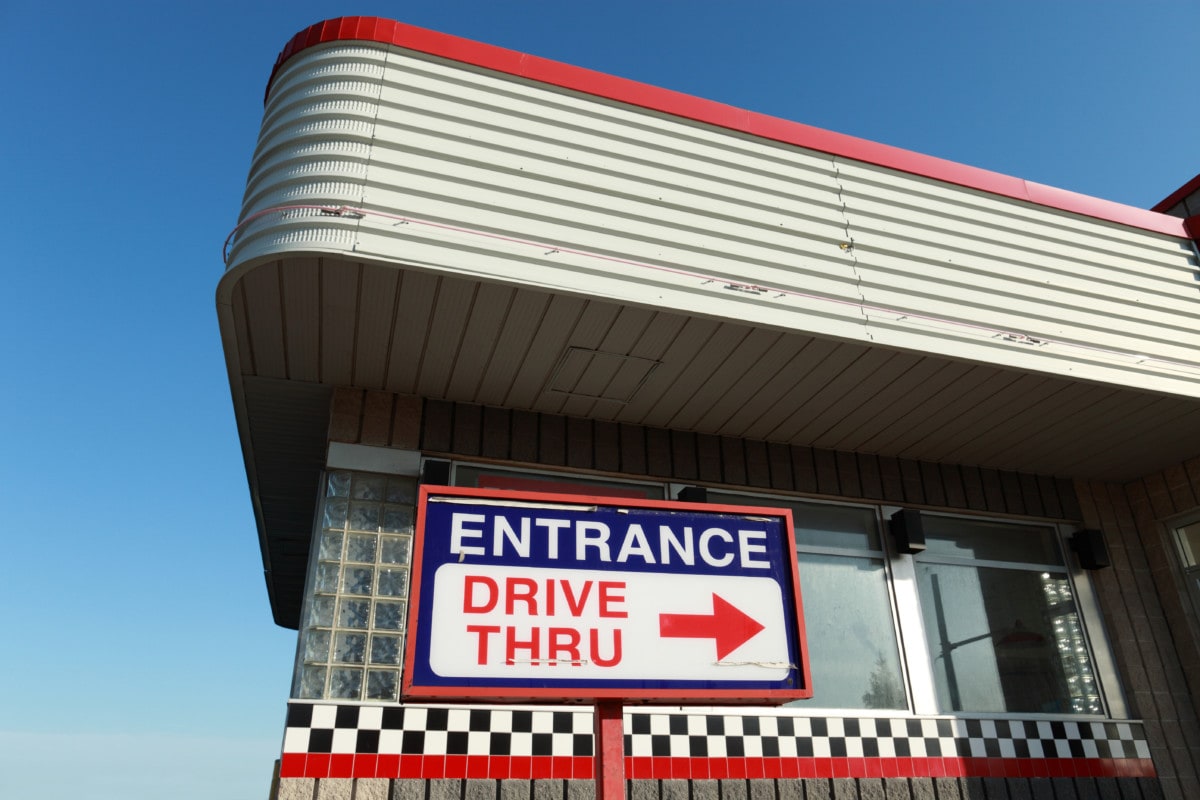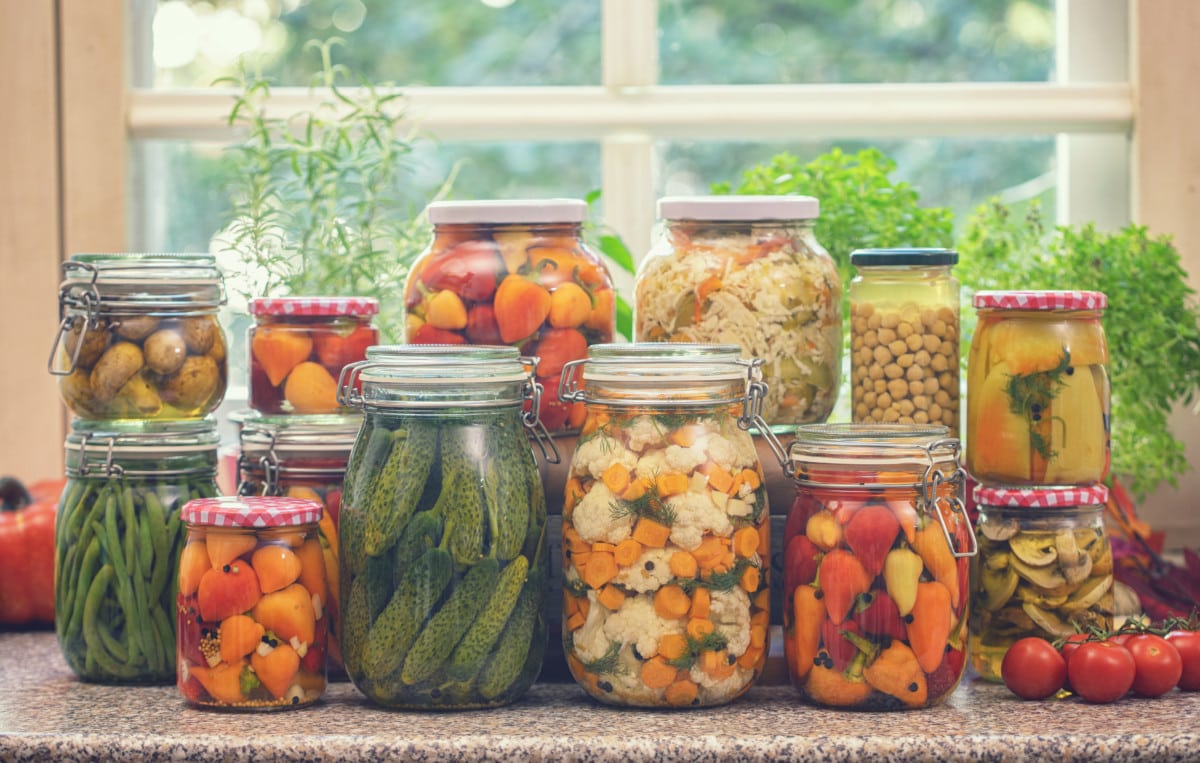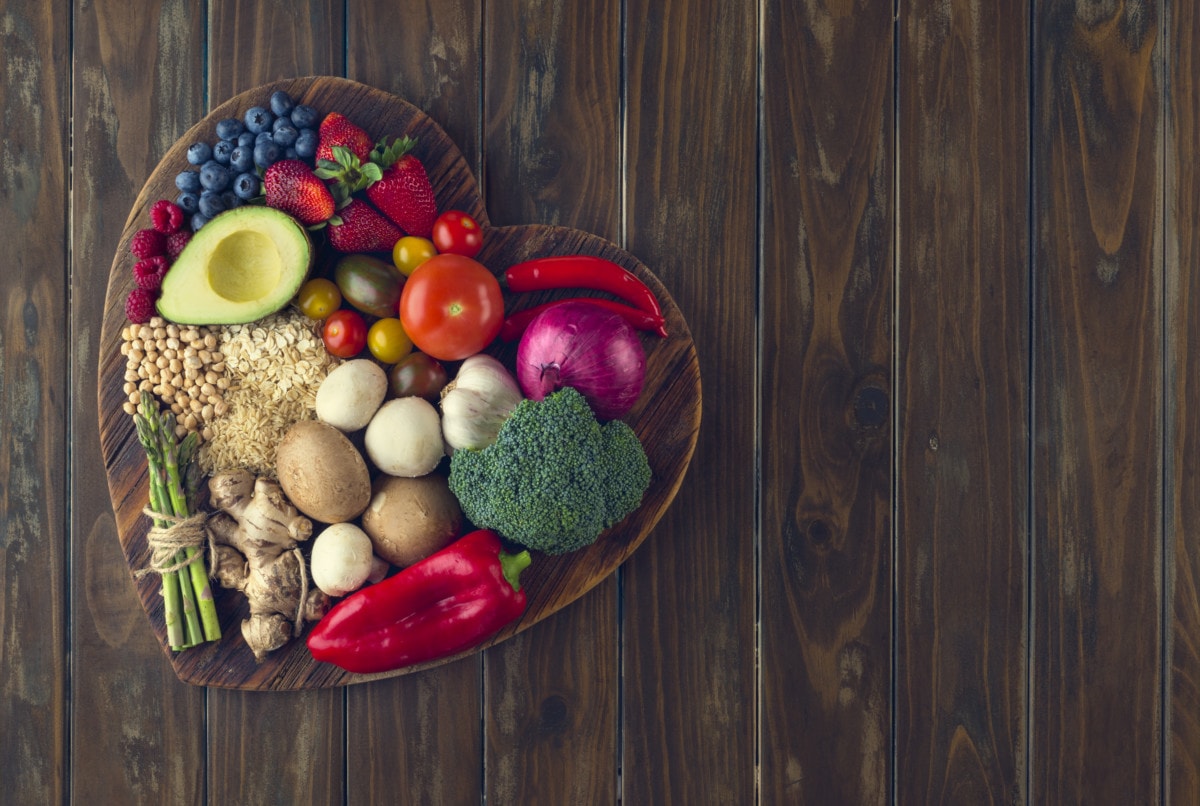What Is a Food Desert? Understanding Their Impact on Homeowners
For some, it can be hard to imagine not being able to find fresh produce, meat, or fruit. Unfortunately, that’s the reality for many people. A number of areas in the U.S. don’t have access to fresh, healthy food at affordable prices, leading people who live there to eat cheaper, processed, non-perishable food. These regions are called food deserts.
According to the most recent data from the USDA, an estimated 53.6 million people, or 17.4% of the U.S. population, live in food deserts. Food deserts disproportionately affect low-income people, people of color, and other minoritized groups. This usually coincides with higher obesity rates.
But what are food deserts, and why do they exist? Read on to learn more about food deserts.

What is a food desert?
Food deserts are areas containing a large number of people with low incomes, low access to transportation, and a limited number of supermarkets that provide fresh and healthy groceries at affordable prices. There are numerous ways to define low-access and low-income that consider factors such as vehicle availability, housing situations, and distance requirements. The U.S. Department of Agriculture (USDA) defines a community as a food desert if:
- The area has a poverty rate of at least 20%, or the median family income is 80% or less than the state or metropolitan area’s median family income.
- In urban areas, at least 33% of the population lives more than one mile from the nearest grocery store.
- In rural areas, at least 33% of the population lives more than ten miles from the nearest grocery store.
More specifically, a food desert is a census tract that is both low-income and low-access. Census tracts are small, relatively permanent statistical subdivisions of the country that average about 4,000 residents.

Where are food deserts located?
Food deserts exist in every state and major city in the country, although they more commonly affect low-income people living in dense urban areas. 96% of people living in food deserts lived in urban areas in 2019. This is up from 82% in 2010, largely because more people moved to cities. Memphis, TN, has the largest share of people living in food deserts in any city in the country, at 32%.
However, food deserts are much more widespread in rural areas where fewer people live, particularly in the rural West, Midwest, and South. These regions tend to be low-income and primarily home to people of color, particularly Black and Hispanic people. Mississippi has the highest percentage of its state population living in food deserts; more than 70% of low-income people have to travel more than 30 miles to reach a supermarket.
Overall, areas with higher poverty levels are more likely to be food deserts.
Advice for homebuyers
Brad Korb, broker and owner of The Brad Korb Real Estate Group, advises new homeowners to take a look at food access tools to help gauge the food situation in their prospective area. “The USDA has a food access tool with all the necessary information,” he says.

What causes a food desert?
Food deserts generally form over decades from racist and systemic factors such as zoning laws and lack of government investment. It’s a social issue that is widespread and hard to assign to one cause. Here are some common examples:
- Low-income population: Income is necessary to purchase healthy food. Unfortunately, many grocery stores don’t want to invest in low-income areas out of fear of losing profit. Instead, corner markets, food marts, and fast food chains fill the gap.
- Lack of transportation: Second to income, transportation is critical for allowing residents to access quality food. In urban areas, public transportation is the primary issue; in rural areas, it’s vehicle ownership. Also, many local governments don’t have money to invest in public transportation, leaving residents without cars to fend for themselves.
- Inadequate healthcare: Low-income areas tend to receive lower quality healthcare and facilities, perpetuating generational chronic health concerns.
- Zoning and land use policies: Historically, zoning policies have grouped low-income people together. These areas generally have fewer grocery stores, social services, and other necessities.
These factors lead to little generational wealth and low interest from the private market, instead encouraging budget stores (corner markets, dollar stores) to move in.

What are the effects of food deserts?
Because processed foods are often the only option, many people in food deserts experience obesity, heart disease, high blood pressure, and cancer. There is a higher rate of obesity in food deserts and other low-income areas compared to the overall population.
The lack of economic investment in low-income communities also allows food deserts to persist. Causes lead to effects, which lead to problems for the next generation. It takes outside resources and policy changes to make a dent in the issue.
How is food insecurity related to food deserts?
Food insecurity refers to people with limited or insecure access to all food types due to financial constraints, often skipping meals and going hungry. People living in food deserts may experience food insecurity, but they aren’t a causal relationship.

How to eat nutritious food while living in a food desert
Corner stores, gas station marts, and fast food chains are usually the primary source of food in food deserts. However, these are not healthy food options for everyday life. Fruits and vegetables are hard or impossible to find in food deserts, but they’re vital to long-term health. Here are a few suggestions to get the most out of the food you can find:
- Choose frozen produce: “Frozen vegetables are a budget-friendly and long-lasting option,” says Kristy Hinds, Founder of Kristy Hinds Coaching. “Frozen produce generally has the same nutritional value as fresh produce and is usually cheaper, too,” she says. If you have a choice between frozen and canned veggies, choose frozen.
- Buy produce with a long shelf life: When you can make it to a grocery store, choose produce that will stay fresh for longer. “Consider foods such as sweet potatoes, brussels sprouts, beets, onions, broccoli, carrots, parsnips, cauliflower, squash, and red cabbage,” advises life coach Wade Brill.
- Purchase pantry staples: Instead of opting for premade meals, load up on affordable pantry items to cook down the line. Mascha Davis, MPH, RDN, and owner of Nomadista Nutrition, suggests looking for nutrient-dense, affordable foods. “Healthy options include eggs, beans, rice, oats, and lentils, as well as plain nuts and seeds,” she says.
- Cook food in bulk: If you can, cook large batches of stew to reduce your daily cooking time and ensure you have healthy food for days on end. Stews are a great option. Wade Brill continues, “My favorite simple recipe to make with vegetables is to batch different colorful veggies and use them throughout the week in salads and with protein bases.”
- Preserve your veggies: Preserving vegetables allows you to stock up more when you can make a trip to the grocery store. Pickling, canning, and fermenting are all great options.
- Plant a home garden: Use kitchen scraps to plant a home garden. Potatoes, greens, leeks, and fennel are easy to propagate and don’t require constant maintenance.

Food desert solutions
Solving the food desert crisis is only possible with broad, publicly-funded social services, subsidized groceries, and a dramatic change in economic policy. This is unlikely to happen anytime soon.
However, some efforts are already in effect, including the Supplemental Nutrition Assistance Program (SNAP) and Fresh Food Financing Initiative (FFFI).
Here are a few solutions some communities have already begun to implement:
- Public transportation: Providing easy access to transportation is essential to help people reach grocery stores.
- Education: “Food deserts also often contain a lack of nutritional education, which leads to less information about healthy diets,” notes Nick Carmen, Director of Corporate Real Estate for CARMEN Commercial Real Estate. “Providing free food literacy education and resources is essential to reversing systemic food habits,” he says.
- Grocery store development: Incentivizing grocery store development in food deserts can significantly impact the community. “Providing tax and other incentives for health-conscious stores to move into a food desert can have a huge impact on the health of the community,” says the team at Moving Feedback.
- Farmers’ markets: Increasing the number of farmers’ markets, especially in rural areas, helps provide fresh food to those in need. With the expansion of SNAP benefits, people can use SNAP to pay for fresh food at farmers’ markets.
- Community gardens: Broadening access to community gardens helps people learn about fresh food and new recipes. However, gardens require a dedicated community leader and support from the local government for upkeep.
- Community Supported Agriculture programs (CSAs): CSAs allow consumers to buy directly from farmers. “If you’re looking for affordable food, look for Community Supported Agriculture programs,” suggests Lisa Jeffs, Founder of Purpose Academy. “These programs provide access to fresh food at reasonable prices.”
- Nonprofit food assistance: Meals on Wheels, Wholesome Wave, and other organizations are already providing food to those who need it. In Maine, “the Locker Project and other local organizations try to help feed immigrant families to help them overcome the challenges they face,” says Jeff Lyons from The Locker Project.
Seattle garden spotlight
Seattle, WA, has a dedicated community of local gardeners who work to provide healthy food for those who need it. “Since the early 1970s, Seattle community gardeners have grown to 91 neighborhood P-Patches, growing food on 15.1 acres and supporting additional oversight of 35.6 for a total of 50.7 acres,” says Alex Tiburcio, Residential Broker Specialist with the Ryan Raffetto group. “Additionally, 741 gardeners receive government financial assistance to help grow their gardens.”
Final thoughts on food deserts
Food deserts are areas where access to affordable, healthy food is restricted or nonexistent due to a lack of grocery stores or farmers’ markets within a reasonable distance for vulnerable communities. Food deserts affect every region and city in the U.S., harming the health, economy, and community of those living there.
If you live in a food desert or recently moved to one, take stock of your local transportation and grocery store options. If you have a tight budget, consider buying frozen produce and canned vegetables and signing up for SNAP benefits. Lastly, get involved in your community and stay informed about policy changes.
The post What Is a Food Desert? Understanding Their Impact on Homeowners appeared first on Redfin | Real Estate Tips for Home Buying, Selling & More.
